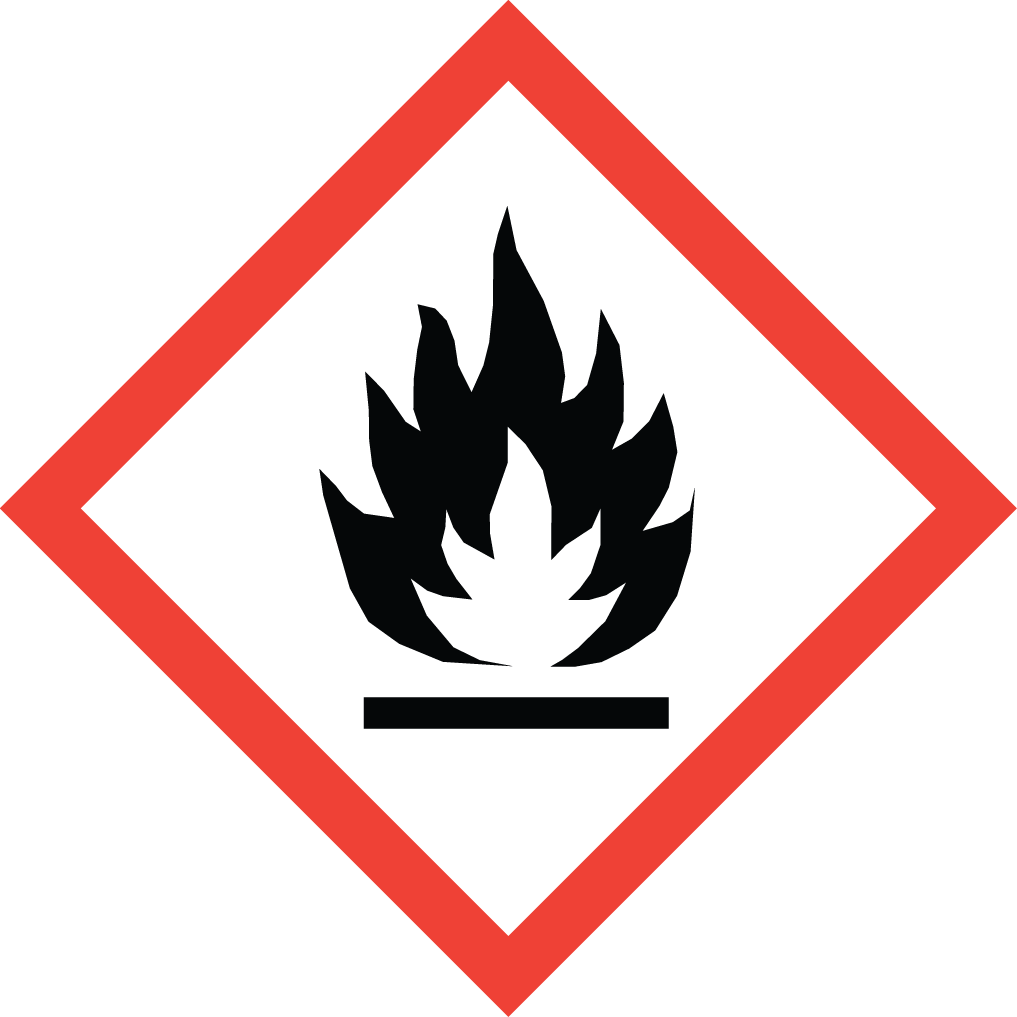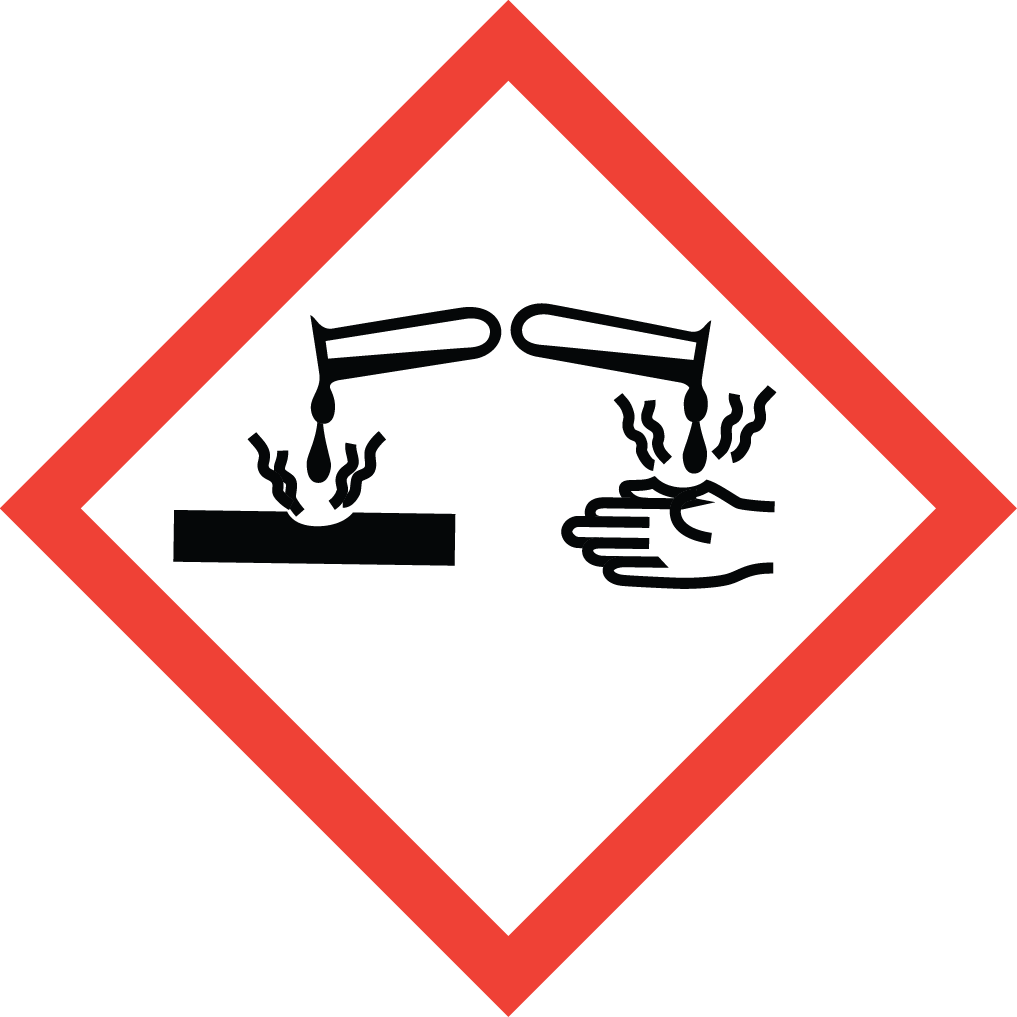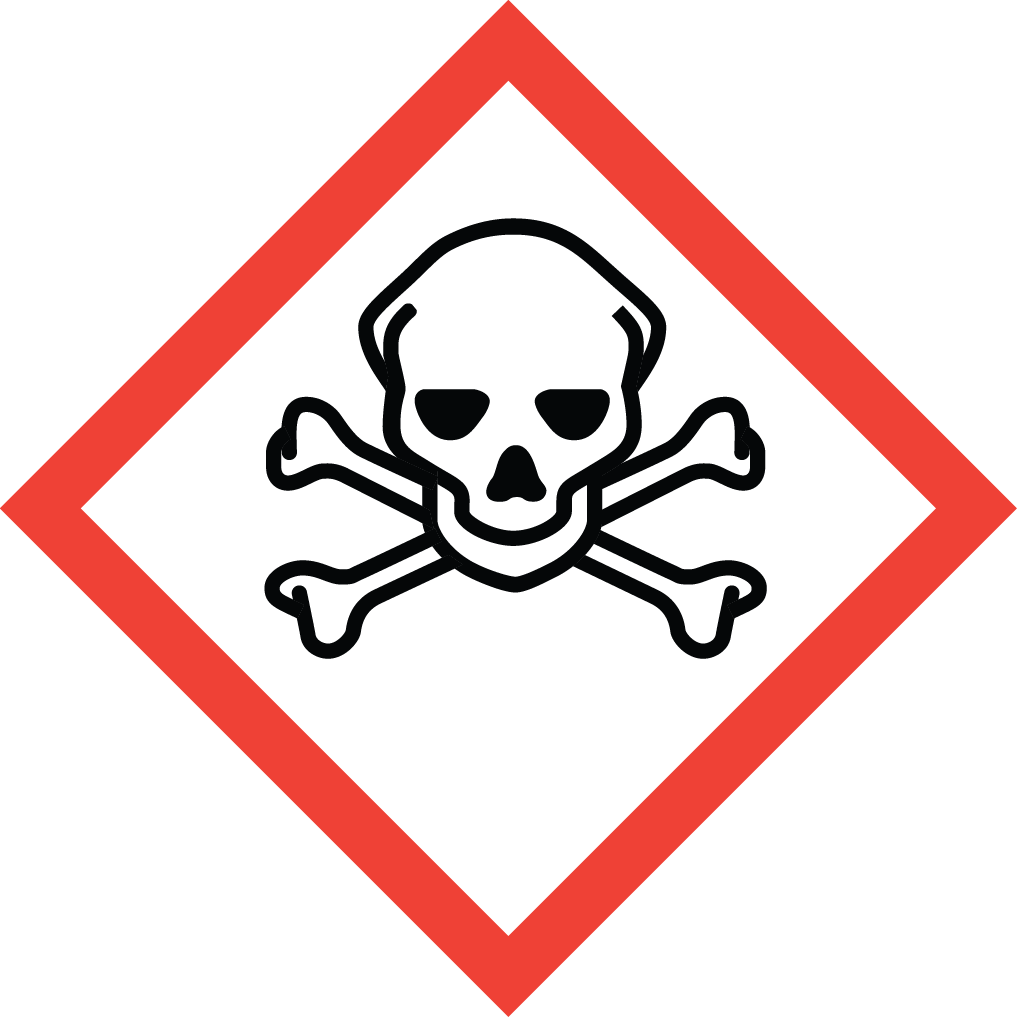Aure Chemical Delivers Excellence in High-Purity Stable Acetic Acid (CAS 64-19-7)
Aure Chemical is a trusted global provider of Acetic Acid, commonly known as Ethanoic Acid or, in its highly pure form, Glacial Acetic Acid. This fundamental organic compound is a cornerstone of the chemical industry, indispensable for its wide-ranging applications as both a versatile solvent and a critical chemical intermediate. Our commitment to stringent quality control ensures you receive a highly stable product, ready for your most demanding processes.
Basic Information of Acetic Acid
Acetic Acid (CAS No. 64-19-7) is produced to meet rigorous purity standards, ensuring consistent performance across diverse applications:
| CAS No.: | 64-19-7 |
|---|
| EC No.: | 200-580-7 |
|---|
| Linear Formula: | CH₃COOH |
|---|
| Molecular Weight: | 60.05 |
|---|
| Appearance: | Clear, colorless liquid (above 16.6 °C); forms ice-like crystals below this temperature. |
|---|
| Odor: | Pungent, vinegar-like odor. |
|---|
| Melting Point: | 16.6 °C. |
|---|
| Boiling point | 118 °C. |
|---|
| Density: | 1.049 g/mL at 25 °C. |
|---|
| Solubility: | Miscible with water, ethanol, and diethyl ether. |
|---|
| Flash Point: | 104 °F |
|---|
| Purity: | Corrosive, flammable liquid. |
|---|
| RIDADR: | UN 2789 8,3/PG 2 |
|---|
| Chemical Structure: |  |
|---|
Our dedication to maintaining the purity and stability of our Acetic Acid ensures optimal results for your manufacturing and synthesis needs.
Primary Applications of Acetic Acid (Ethanoic Acid)
Acetic Acid's versatility stems from its unique chemical properties, making it a vital component and intermediate across numerous industries:
Key Chemical Intermediate:
The vast majority of Acetic Acid produced globally is used as a feedstock for other chemicals:
Vinyl Acetate Monomer (VAM): The largest use, VAM is a crucial precursor for polyvinyl acetate (PVA) and polyvinyl alcohol (PVOH), widely used in adhesives, paints, textiles, and paper coatings.
Acetic Anhydride: An important acetylation agent used in the production of cellulose acetate (for fibers and plastics), pharmaceuticals, and dyes.
Acetate Esters: Such as ethyl acetate, butyl acetate, and propyl acetate, which are excellent solvents for lacquers, paints, and inks. They are also used in flavorings and fragrances.
Purified Terephthalic Acid (PTA): Acetic acid is the solvent for the oxidation of p-xylene to PTA, a major raw material for PET plastics (bottles, fibers).
Pharmaceutical & Agrochemical Industries:
Used in the synthesis of various pharmaceutical compounds, vitamins, antibiotics, and as an intermediate in the production of certain pesticides and herbicides.
Food Industry:
As Vinegar Acid, diluted Acetic Acid is a common food additive (E260) used as a preservative, acidulant, and flavoring agent in pickles, sauces, and condiments.
Solvent Applications:
Its excellent solvency power makes it a valuable solvent in various chemical reactions, purification processes, and for dissolving organic compounds, resins, and polymers.
Why Choose Aure Chemical for Your Acetic Acid Supply?
Aure Chemical is dedicated to providing superior chemical solutions and unparalleled customer support. By partnering with us for your Acetic Acid requirements, you benefit from:
Guaranteed Purity & Stability: Our Acetic Acid is consistently produced to high purity specifications, ensuring it remains stable and effective for its intended uses.
Reliable Global Supply: We maintain a robust and efficient supply chain, guaranteeing timely and secure delivery of this essential chemical to your facilities worldwide.
Expert Technical Support: Our team of experienced chemists and specialists is readily available to offer comprehensive guidance on product application, safe handling, and storage of Acetic Acid.
Commitment to Quality & Safety: We adhere to the highest industry standards for quality management, safety, and environmental responsibility across all our operations.
Choose Aure Chemical for a trustworthy and dependable supply of high-quality Glacial Acetic Acid. We are ready to support your most complex chemical endeavors.
Hazards Classification
GHS Classification: Flammable Liquid (GHS02), Corrosive (GHS05), Acute Toxicity (GHS06)
Hazard Statements: Flammable liquid and vapor; causes severe skin burns and eye damage; harmful if inhaled.
UN Number: UN 2789
Hazard Class: 8 (Corrosive Substances), 3 (Flammable Liquids)
Packing Group: II
 GHS02: Flammable
GHS02: Flammable GHS05: Corrosive
GHS05: Corrosive GHS06: Acute Toxicity
GHS06: Acute Toxicity
